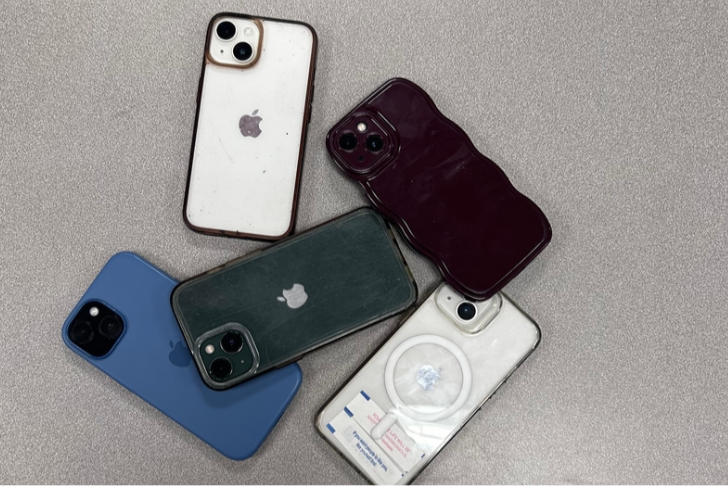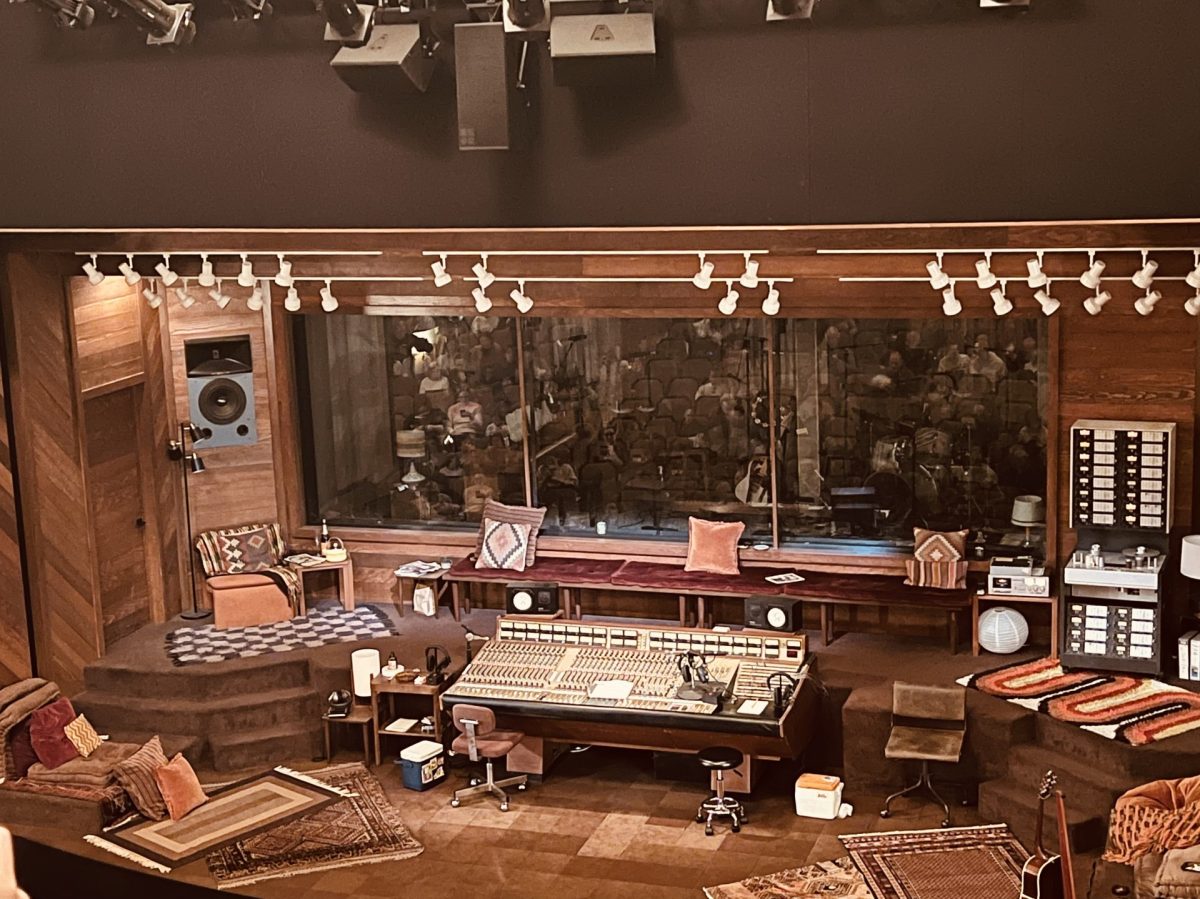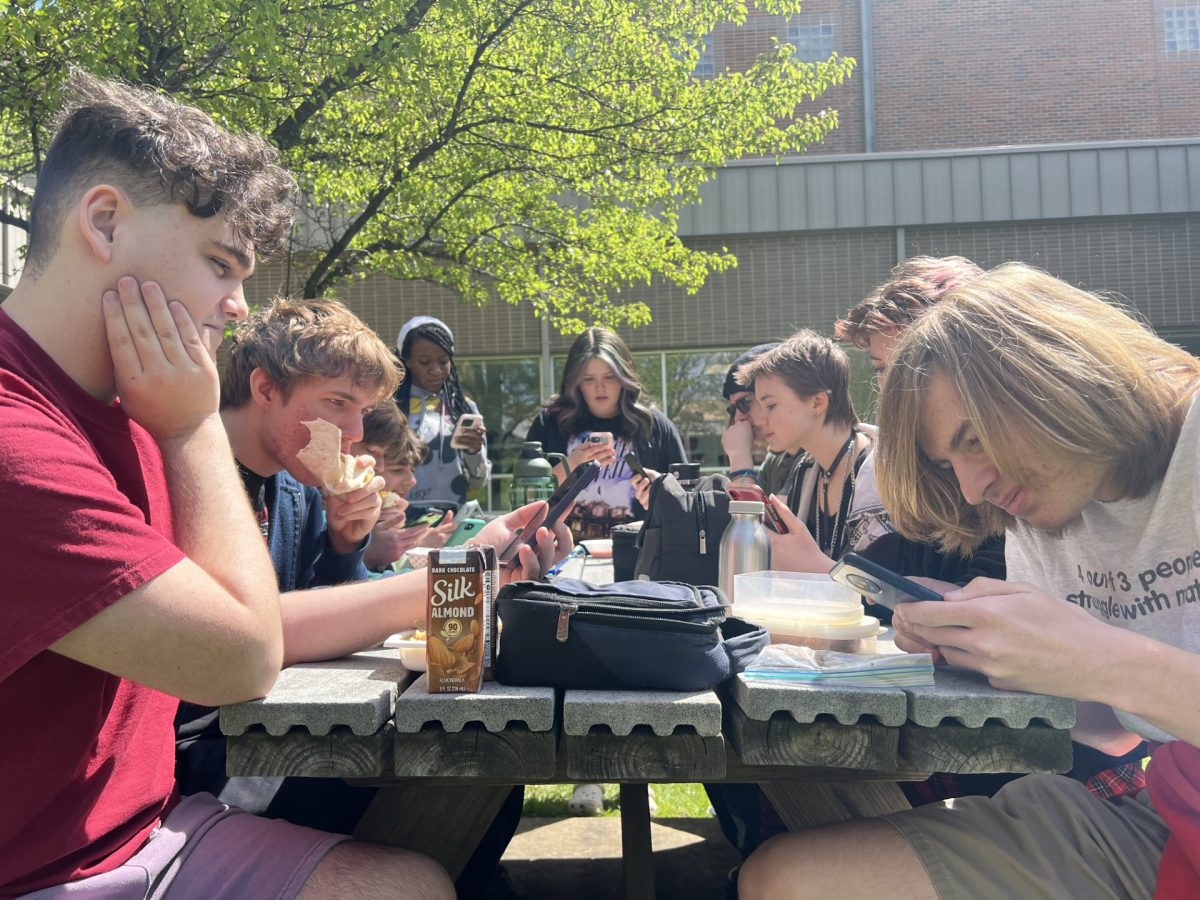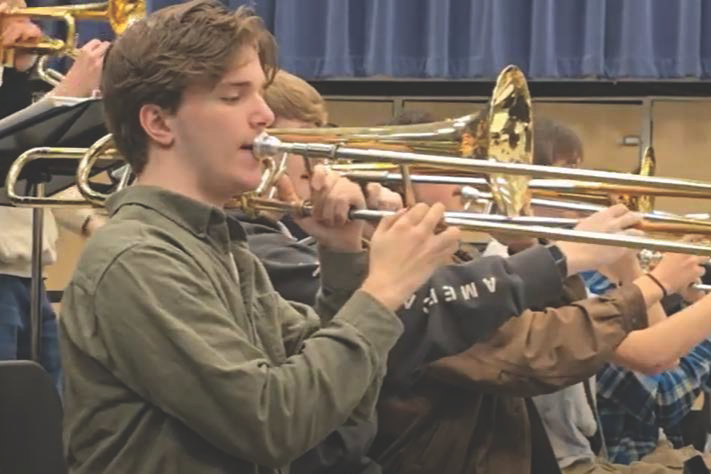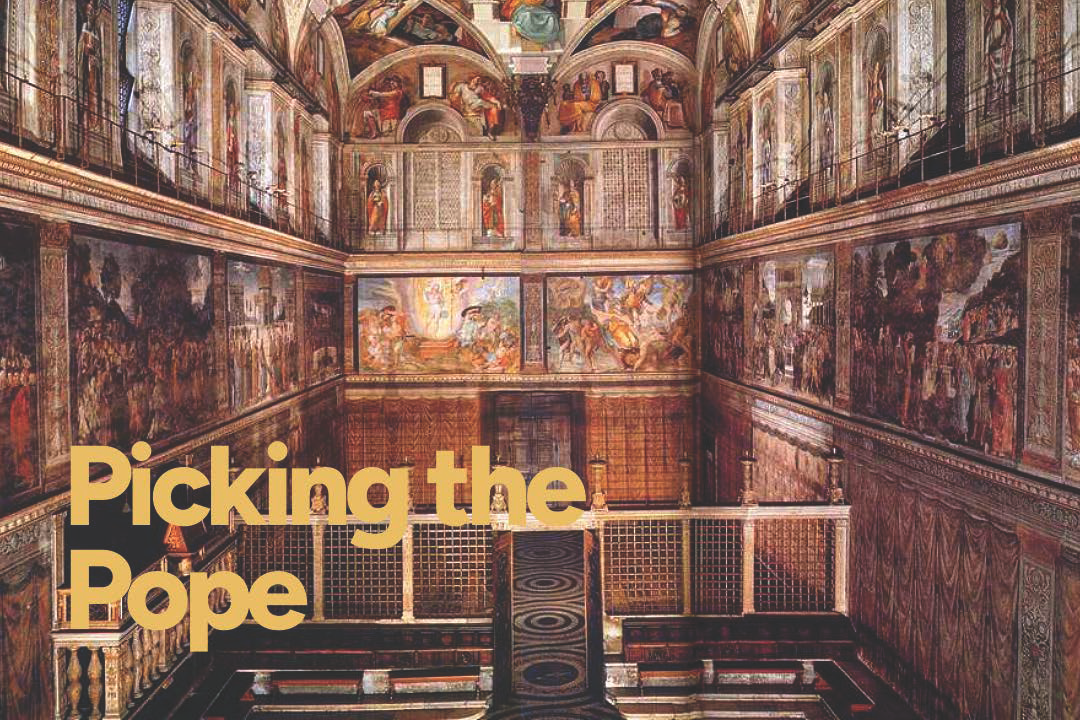‘Punching the Air’ links directly to Central Park Five case and injustices against men of color
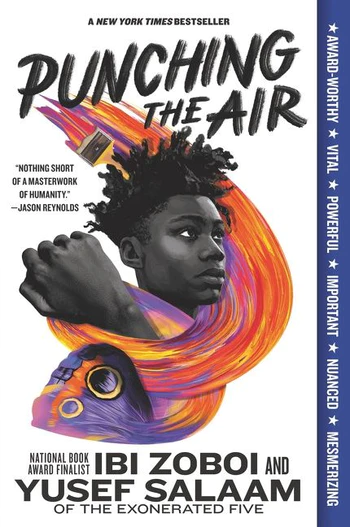
Source: HarperCollins Publishers
The cover art and illustrations featured throughout the novel are direct illustrations that author Yusef Salaam had made when he was wrongfully convicted in the Central Park Five case.
January 20, 2023
‘Punching the Air’ provides insight on the injustices that young men of color had and still have to go through in the American justice system. Through the compelling and captivating story of 16-year-old Amal Shadid, the reader learns of how one boy is able to maintain his humanity and fight for the truth, in a system designed to strip him of both.
Amal Shadid narrates ‘Punching the Air’ through verses, his words and paintings cover each page to illustrate the story of his wrongful conviction. One night, Amal is out with his friends when they engaged in an altercation with a group of white boys in a recently gentrified neighborhood. The neighborhood was previously a part of Amal’s “hood”, but now only white people use it. A fight breaks out among the group of boys and Amal admits that he threw the first punch, however, he denies beating up one of the white kids, Jeremy Mathis, with his skateboard. In fact, Amal runs away from the scene leaving his skateboard behind and later he is picked up by police on his way home.
Throughout the novel, Amal navigates his life behind bars while flashing back to the past in order to reveal more details about his life leading up to being put in jail. He flashes back to his trial, where the authors illustrate everything through the mind of Amal. He feels as if his trial is already unfair, with his old art teacher being called upon as a character witness who portrays him in a negative light. Never mind his two-faced lawyer, Clyde, who doesn’t seem to believe Amal. The white kid who Amal is being convicted of brutally beating up is not able to make a statement in court because he is in a coma.
While the justice system seems to be doing the right thing by calling for a character witness of Amal and granting him access to a public defender, they are really trying to silence him and his truth. Ms. Rinaldi, Amal’s old art teacher, only spoke negative things about him because she didn’t truly see him as a person. Through recounts of Amal’s time in her class, the reader can see how Rinaldi truly felt about Amal and how she wasn’t a good choice to be a character witness of him. Instead, a friend or family member should have been called upon for that job.
Once the trial is over, Amal is sent to the juvenile detention center where he solidifies his views about how the world works against black people. While this idea isn’t entirely true, in Amal’s world it is. No one is fighting for him and wanting to hear his truth other than his family and other black people. When he arrives at the jail, he is beaten up by a group of white kids because they heard about what happened in his case.
As he carries on in his time in jail, he learns that there are a lot of similarities between the jail and his school. The connections between the two are uncanny especially when his school never gave second chances and had zero tolerance for misbehaviors.
After his confinement ends, he learns that the poetry teacher, Imani, is leaving. As a parting gift, she allows him to paint a mural in the visiting center. One of the white guards in particular, continually but secretly displays his tattoo to the Black inmates—a black baby with a rope around his neck, took interest in the painting and the next day, the jail had painted over it with white paint. This angers him immensely, but there is nothing he can do. His mother also does not get to see the mural because she is waiting at the hospital: Jeremy Mathis has finally awakened from his coma, and she wants to be there for his statement. The novel ends with Jeremy preparing to make a statement. It is never told whether or not he proved Amal’s innocence.
While the ending isn’t ideal for me as a reader, I enjoyed reading about Amal’s life and the things that influenced his choices in life. In fact, I was so captivated by Amal’s story that I looked into the authors to see if they had written any other books like this one. I came across the author, Yusef Salaam, who was part of the Central Park Five, now called the Exonerated Five. This interested me because I had heard of the case but never looked into it in depth before. When I read about what happened in his case, it reminded me of Amal’s case. Through the story of Amal, I was able to see the true feelings of Salaam when he was in jail for something that he hadn’t done. Another cool thing I learned was that the illustrations that are presented on the pages of the novel come from Salaam and were actual drawings that he made when he was incarcerated.
During a book club conversation, we talked about what it will take to change minorities from being wrongfully convicted. One student said that we need to outnumber people that are putting minorities in jail. I think that those people are already outnumbered. If you think back to the Black Lives Matter movement, many people of all races, genders, and cultures came together to fight the injustices that black people were facing. The only problem is that the people who are performing these injustices are the people in power.
‘Punching the Air’ really resonated with me because, as a person of color, it sheds light on the things that go unnoticed in the justice system. While things aren’t always bad, they aren’t always good either and Yousef Salaam and Ibi Zobi did an amazing job at illustrating that for all of their readers to understand.
Overall, “Punching the Air” is an incredible book and covers so much ground. It is a needed and powerful addition to the Y/A contemporary genre as a whole because it shines a light on things that you don’t hear about in everyday life. It is hard to read this book and not be changed in some way as well as getting further insight into the calamitous impacts of a system which is dishonorable, unjust and corrupt.


